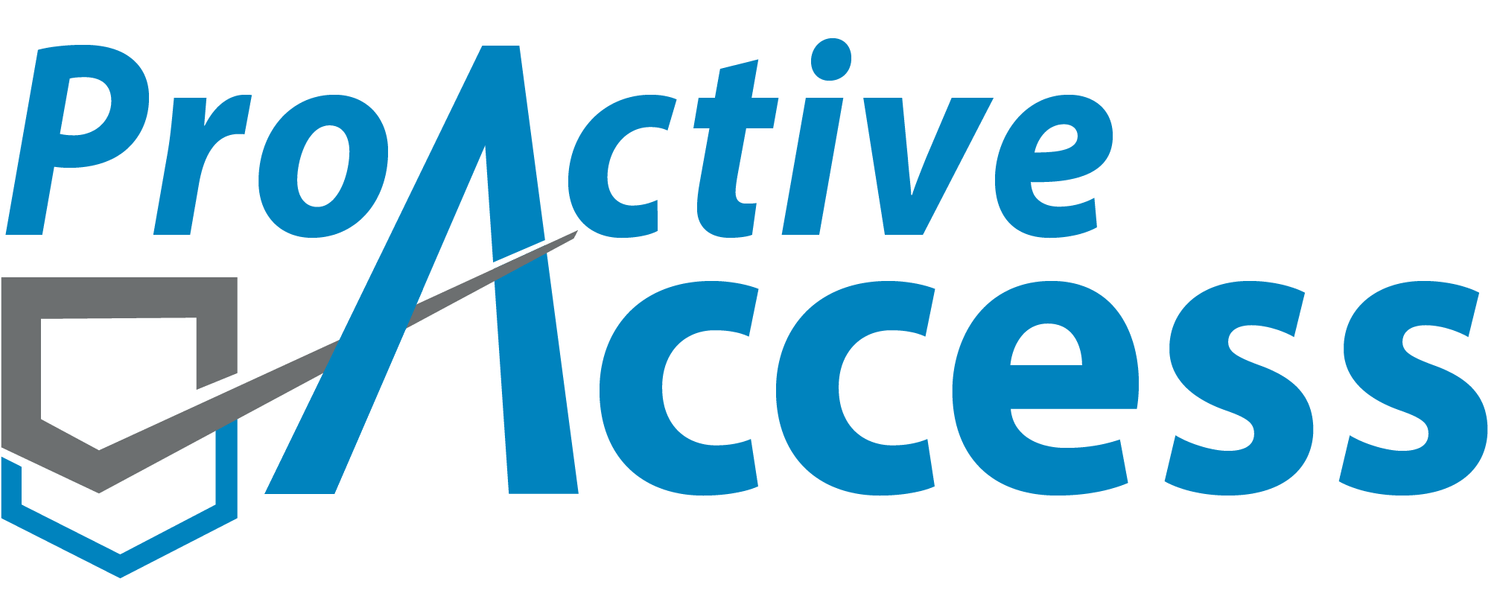10 Myths About The ADA
Common Myths Around The Americans With Disabilities Act (ADA)
The Americans with Disabilities Act (ADA) is a federal law that prohibits discrimination against people with disabilities. The civil rights law protects various aspects of life, including employment, education, housing and of course, equal access to goods and services. Despite being a well-established law that was enacted in 1990, there are several myths and misconceptions about the ADA that continue to persist:
Myth #1: The ADA only applies to people with mobility disabilities.
Fact: The Americans with Disabilities Act applies to people with a wide range of disabilities, including but not limited to:
Mobility Disabilities
Hearing Disabilities
Vision Disabilities
Cognitive Disabilities
In many cases, a person’s disability is not immediately visible.
Myth #2: The ADA only applies to construction related accessibility.
Fact: The Americans with Disabilities Act protects equal access to features of daily life like access to goods and services, information, and communication. The ADA not only applies to the physical environment, but it also applies to websites, mobile apps, electronic documents, and other electronic and information technologies.
Myth #3: Old buildings are “Grandfathered” from ADA compliance.
Fact: The Americans with Disabilities Act does not have a "grandfather clause" that would exempt existing pre-ADA buildings or facilities from compliance with ADA requirements. All existing public accommodations, regardless of age, must meet the minimum standards of the ADA if “Readily Achievable” to do so. However, the ADA does have a provision known as the "safe harbor". The ADA Standards for Accessible Design have only been updated once in the 30+ years that the Act was signed into law. The current 2010 ADAS took effect on March 15, 2012. Safe Harbor applies to buildings or facilities that were constructed or altered before March 15, 2012 and complied with the 1991 ADAS. Under this provision, these buildings or facilities are not required to comply with the more restrictive 2010 standards until alterations are made.
Myth #4: Commercial tenants are not responsible for ADA compliance.
The Americans with Disabilities Act (ADA) applies to landlords and tenants. In fact, it is not uncommon for a plaintiff of a construction-related ADA lawsuit to name both parties as defendant in the complaint. Both tenants and landlords are responsible for providing and maintaining an accessible environment for their employees and visitors. For this reason, it is always advised that one or both parties consult with a CASp during lease negotiations. A CASp inspector will survey the existing facility for compliance with the applicable standards so that both parties have a clear understanding of what is required. From there, both parties can negotiate who is responsible for what in the event that legal actions occur.
Myth #5: The ADA only applies to large businesses.
Fact: The ADA applies to businesses of all sizes, including small businesses. In general, many serial litigants tend to target small “mom & pop businesses” that do not typically retain in-house legal counsel. It is important that businesses of all sizes understand the level of accessibilities that is required at their facilities.
Myth #6: ADA compliance improvements are always expensive.
Fact: While some businesses may need to make significant and costly modifications to their facilities, most improvements are often inexpensive and relatively minor. For example, replacing a door knob that requires tight grasping with lever hardware is a $25 fix. Lowering the mirror above a lavatory only requires minimal effort.
Myth #7: The ADA only requires employers to make accommodations for employees who are already disabled.
Fact: The ADA requires employers to provide reasonable accommodations to employees with disabilities as they are requested. Reasonable accommodation requests can be made by employees with existing disabilities or employees that become disabled.
Myth #8: The levels above and below ground level are not required to be accessible in non-elevator buildings.
Fact: Many existing pre-ADA buildings that are less than 3 stories tall are exempt from providing an elevator to access the levels above and below the ground floor. However, use of the elevator exemption does not obviate or limit, in any way the obligation to comply with the other accessibility requirements established in the ADAS. In other words, just because an elevator is not provided at a 2 story building, it does not exempt a facility from full ADA compliance on the 2nd level.
Myth #9: Historical sites are exempt from ADA compliance.
Fact: The ADA does include exceptions that may limit the level of compliance required at Qualified Historical Facilities. However, alternatives to full compliance can only be provided if achieving full ADA compliance would threaten or destroy the historical significance of the building or site. A State Historic Preservation Officer or Advisory Council on Historic Preservation must be consulted with to determine the level of threat that full compliance would have on the historical significance of a facility.
Myth #10: The ADA is only for people with disabilities.
Fact: The Americans with Disabilities Act set out to protect people with disabilities but the law ended up benefiting everyone in the community. Click here to read a past article about how parents are positively impacted by the ADA.
It is important to understand that the ADA is a complex law and there are many nuances to consider. It's always best to consult with a Certified Access Specialists (CASp) to determine the specific requirements that apply to your particular facility. Our CASp experts have evaluated nearly every type of building/site. Contact one of our accessibility specialists for a free consultation if you need assistance.


